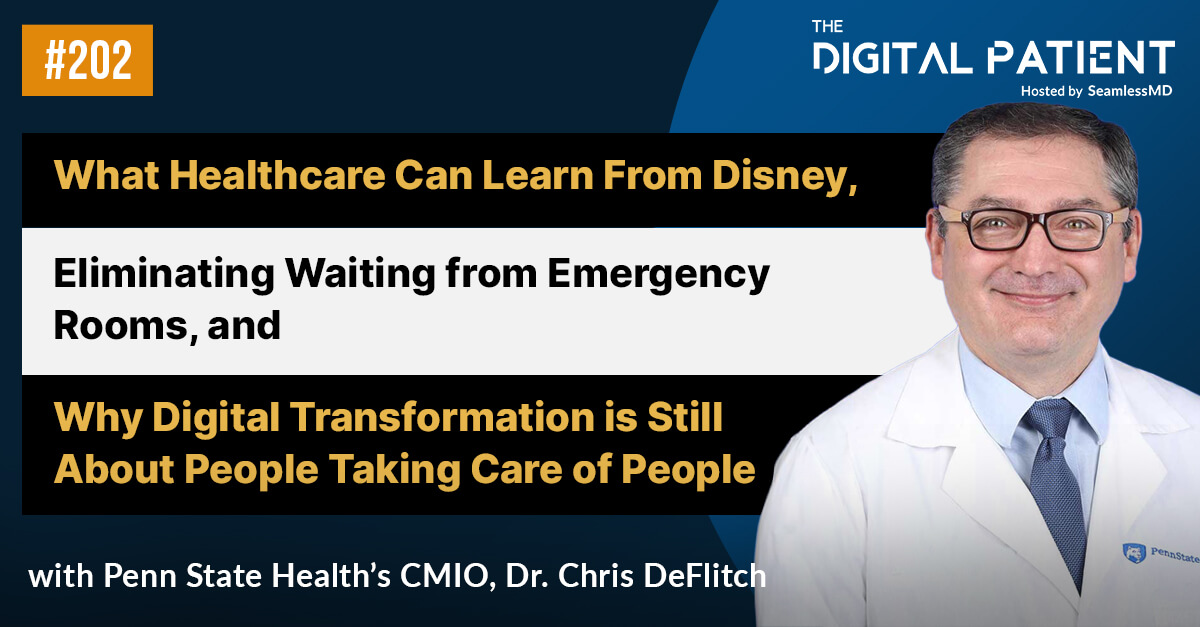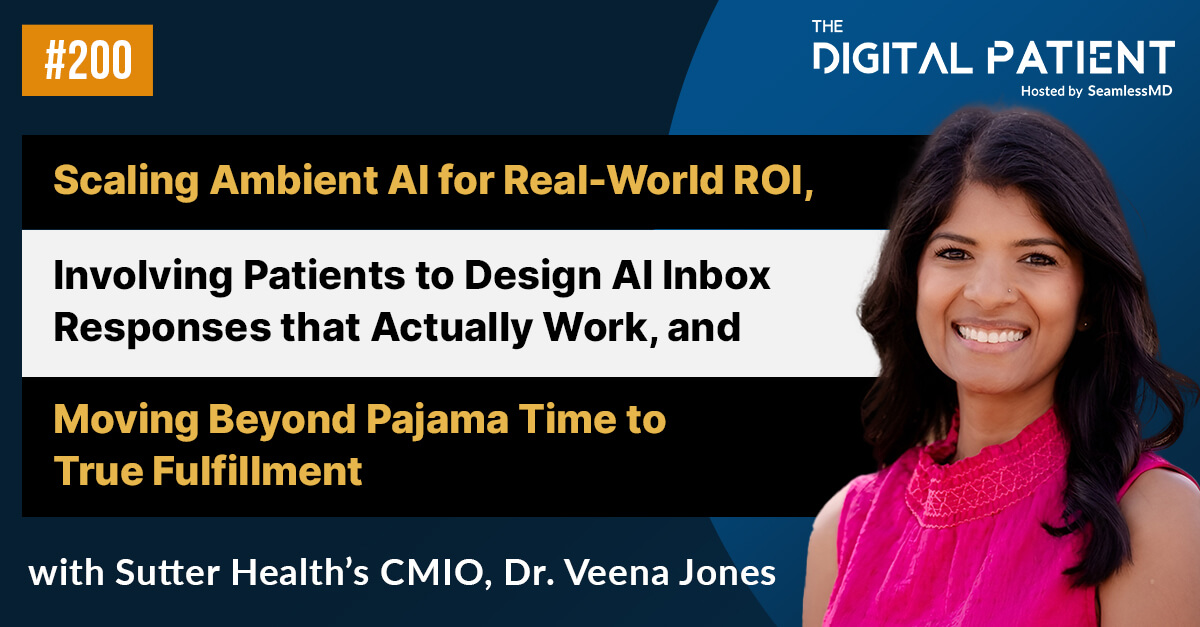At our recent SeamlessMD customer conference, we had the opportunity to sit down and learn from Dr. Jeremy Ho, medical oncologist at Vancouver Coastal Health (VCH)’s Richmond Cancer Clinic — where his program is using SeamlessMD to close the communication gap between cancer patients and their care team during chemotherapy treatment.

The Problem: Gaps in Symptom Monitoring Between Visits
Patients undergoing chemotherapy often experience serious side effects between appointments—but without a structured way to report symptoms in real time, many suffer in silence or delay care. Dr. Ho’s oncology team at Vancouver Coastal Health identified this as a critical gap through patient focus groups:
- 60% of patients reported at least one episode where they wished they had received more timely care or responses from the clinic
- 40% admitted they didn’t reach out because they didn’t want to “bother” the care team
- 60% felt some of their symptoms could have been prevented with better monitoring and earlier intervention
Without proactive communication tools in place, this often translated into unnecessary phone calls, emergency room visits, or even avoidable hospital admissions. The team needed a solution that would empower patients to report symptoms confidently — and ensure care teams could act before complications escalated.
The Innovation: Remote Symptom Monitoring during Chemotherapy
To tackle this, VCH’s Oncology team built a remote symptom monitoring program called RESPONSe: REmote Symptom and Patient mONitoring System, powered by SeamlessMD.
The goal of the program is to: “provide better patient centered care through the prompt management of treatment related symptoms with the goal of reducing symptom burden and ultimately decreasing the need for acute care visits.”

Here’s how it works:
- Custom Surveys Tied to Treatment Milestones
SeamlessMD automatically sends personalized symptom surveys at specific cadences based on the patient’s doctor’s visits and chemotherapy appointments. - Pre-Visit Check-Ins
Before each doctor’s appointment, patients receive a pre-visit survey to report any ongoing symptoms or concerns. This helps clinicians proactively address issues before patients arrive. - Post-Chemotherapy Health Checks
After each chemo session, a follow-up survey is triggered based on the specific treatment protocol. Patients can report side effects such as nausea, fatigue, or fever — and the care team can intervene early if needed. - Real-Time Monitoring by the Care Team
All patients are monitored, not just self-managed. The care team uses SeamlessMD’s dashboards to view incoming symptoms in real-time, enabling timely follow-up and reducing the burden on patients to reach out.
The Results: Better Communication, Fewer Emergency Visits
Since launch, the Oncology Program at VCH has seen meaningful improvements in both patient experience and clinical outcomes:
- 413 patients enrolled, with a 94% activation rate
- 79% of patients avoided one or more phone calls to the care team
- 26% avoided at least one emergency department visit
Even more compelling are the comparative clinical outcomes from a recent RESPONSe study:
- ED visits per 100 chemo cycles dropped from 13.4 to 11.2
- Median hospital length of stay fell from 7.8 to 5 days
- Mortality rate decreased from 12% to 7%

A New Standard for Oncology Care
By embedding SeamlessMD into their chemotherapy care model, Vancouver Coastal Health has created a smarter, safer, and more connected experience for oncology patients — one where help doesn’t come too late and every symptom has a voice.
We're proud to support VCH in their mission to deliver high-quality, patient-centered cancer care — and we hope their example inspires others to reimagine how we care for patients beyond the hospital walls.
.svg)









.png)
